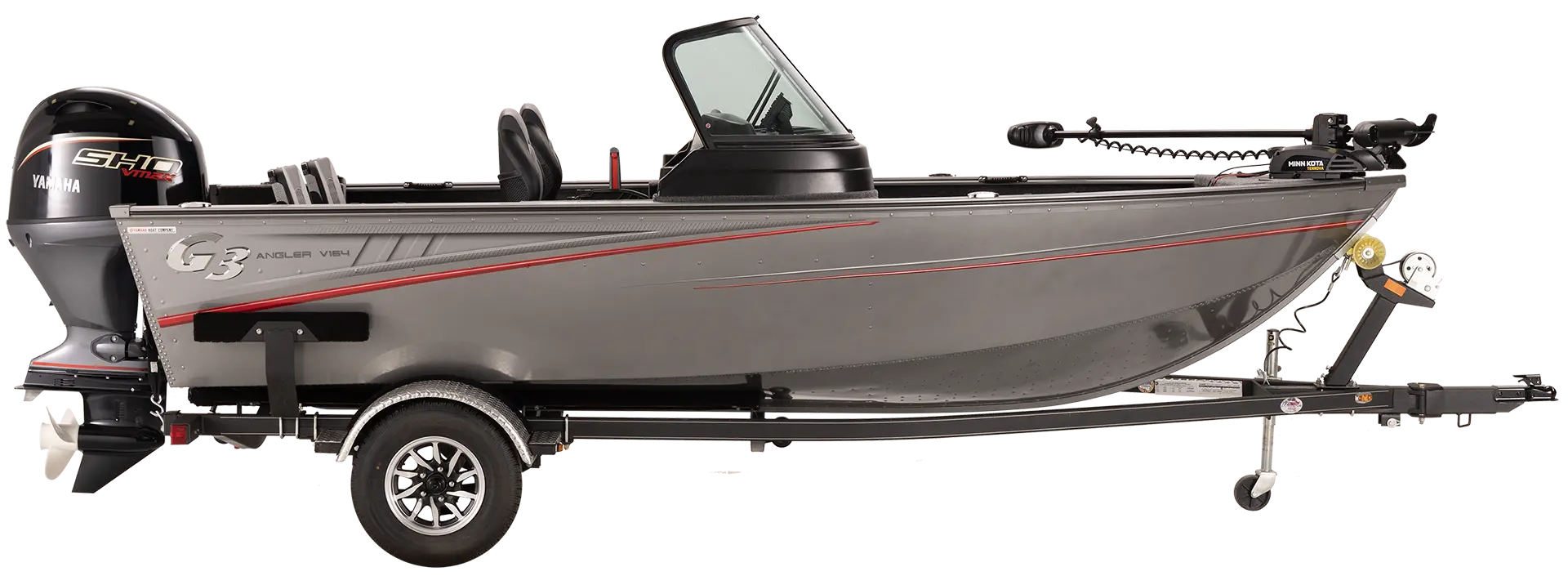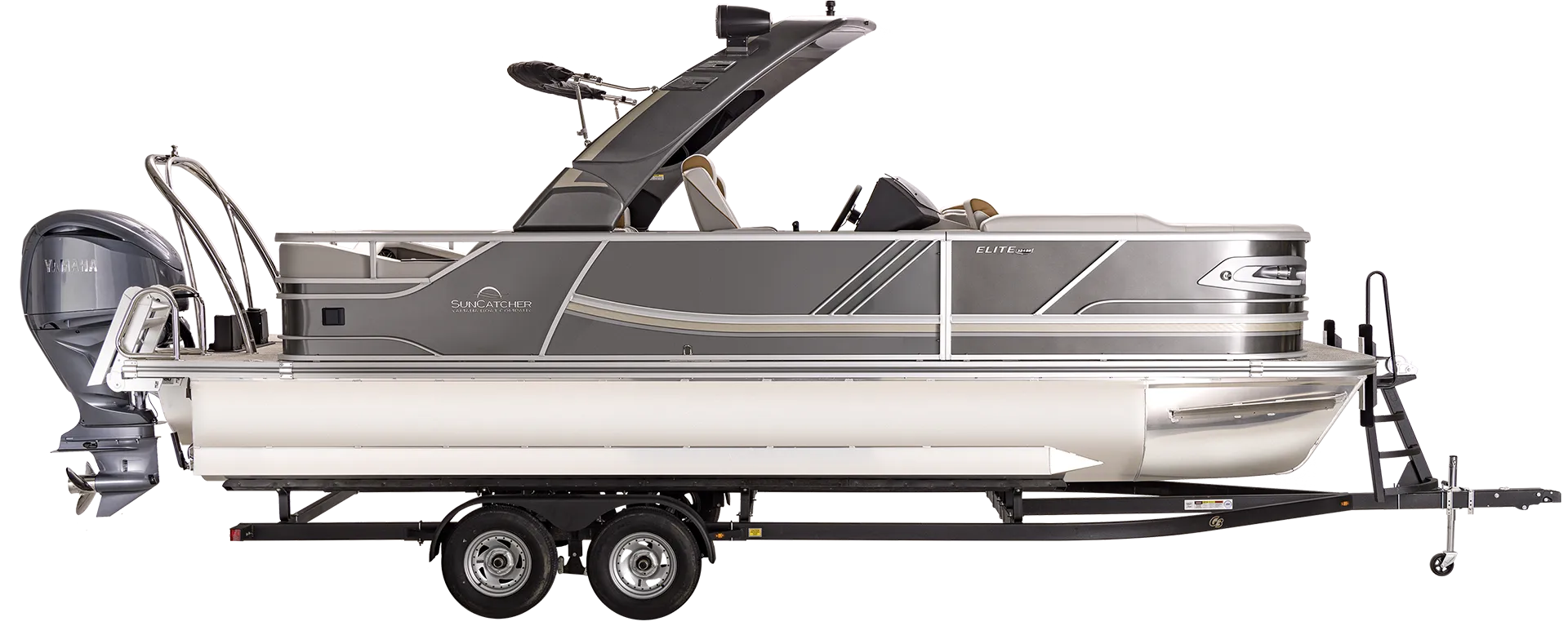Knowing how to control your boat at all speeds is important for any owner. While many boat owners are taught how to use the engine to power through environments, understanding low-speed boat handling techniques is essential for safe navigation. All boat owners should be competent enough behind the wheel to control their boat in bad weather, narrow spaces, and around other people and boats. To ensure you have the capabilities to keep you, your passengers, and your boat safe at low speeds, keep reading.
Understanding Boat Steering
Oversteering and over-correcting are two of the most common issues at low speed. There isn’t a lot of room for error, especially in busy areas or at a dock. The biggest issues come from thinking that you can steer a boat like you steer a car. However, while a car steers from the front wheels, a boat steers from the back, where the motor is. This means that a boat requires extra space on the outside of any turn, as the back swings out, rather than following the front. This difference is negligible at speed but very important while going slow.
Understanding Wind and Current
Wind and current will always have an effect on navigation and handling no matter what speed you are going. However, they will have a greater impact the slower you go. Wind will blow the front or bow of the boat off course, while the current drags the back or stern. To combat these natural forces you must use the thrust from the spinning prop and the steering of the rudder. At a slow speed, your boat will handle best when the prop is turning, which is why using a low gear is best for optimal control.
Keeping the Boat Stable
To control a boat effectively at low speed, setting the wheel correctly is crucial. This step can help you reduce the turning radius, making your steering more efficient. The first step is to center the wheel. This requires you to figure out the range of the steering wheel while still docked. To do this, see how many times you need to turn the wheel from hard port to hard starboard. Then divide this in half to find the center. Once you have the wheel at the center, double-check that the prop is straight. This will ensure that you can accurately drive in a straight line. Practice centering the wheel and entering gear while slowly increasing your speed. If you notice the bow shifting, make small corrections and return the wheel to center. Take your time, and focus on a distant object while checking your wake occasionally. Once you have steering straight down, practice making tight turns making sure to be aware of where the stern is throughout the turn.
Always Stay in Gear
While navigating at low speeds, it is important to always have your boat in gear. This makes steering much easier, even without any use of the throttle. Ensure that you can change into gear without utilizing the throttle quickly, and be aware of what gear you are in at all times. The more efficient you are at changing gears, the more control you will have over the entire vessel. Use short shifts in and out of gear to help maintain a slower speed while optimizing steering control.
Take a Boating Course
Consider taking a boating course before you head out on your new vessel. Not only will this help you to build the confidence you need, but the instructors can help you to better understand your boat. Every boat will handle slightly differently due to differences in design and power. Remember, a prepared boater is a safe boater, which means you and your passengers will always have a great time and get home safe.
G3 Boats
Looking to buy your first boat or upgrade to a newer model? G3 Boats is a leading manufacturer in the industry, offering superb service and a high level of craftsmanship. All of these modern, beautiful boats come with a five-year warranty and are customizable to your needs. Visit the G3 Boats website today to start building your dream boat!







